12A/12C Abbey Street Lower, Dublin, County Dublin
Irish coinage can be traced back over a thousand years to around AD995. These early ‘hammered’ coins were made from silver by striking a coin blank between two hand-cut dies. The silver pennies were produced for the Scandinavian King of Dublin, Sigtrygg II, also known as Sigtrygg Silkbeard. The silver pennies bore the king’s head and name, along with the word ‘Dyflin’ for Dublin.
A plaque documenting the history of The Silver Penny.
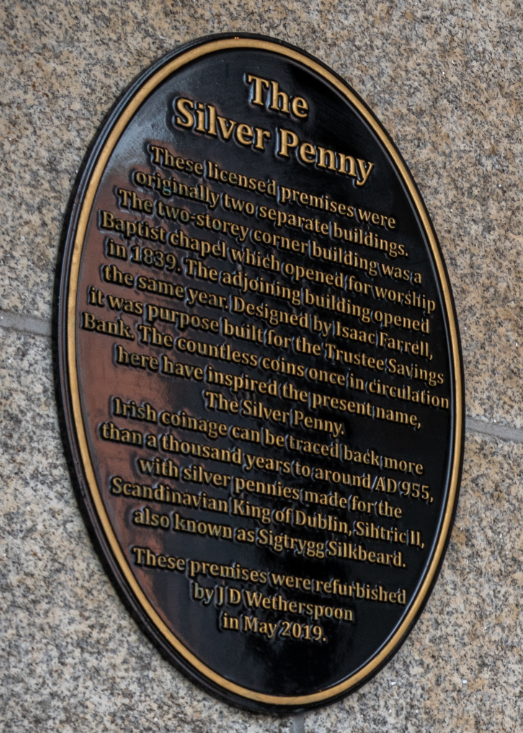
The plaque read: These licensed premises were originally two separate buildings. The two-storey corner building was a Baptist chapel which opened for worship in 1839. The adjoining building opened the same year. Designed by Isaac Farrell, it was purpose built for the Trustee Savings Bank. The countless coins once in circulation here have inspired the present name, The Silver Penny.
Irish coinage can be traced back more than a thousand years to around AD955, with silver pennies made for the Scandinavian King of Dublin, Sihtric II, also known as Sigtrygg Silkbeard.
An original Irish bank note dating from 1833.
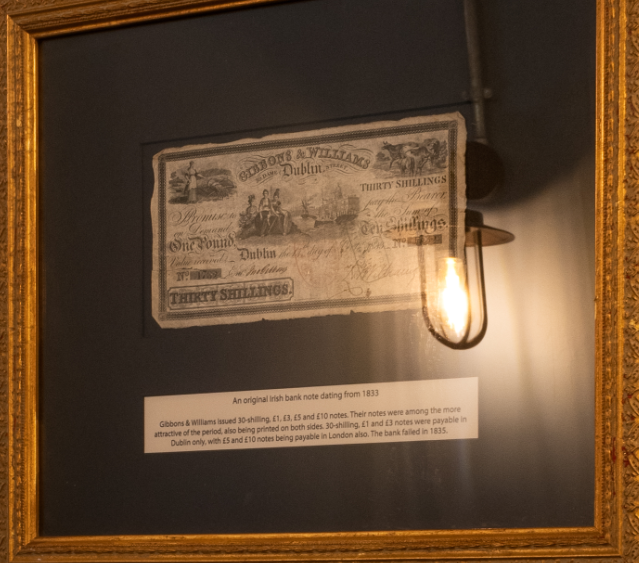
Gibbons & Williams issued 30-shilling, £1, £3, £5 and £10 notes. Their notes were among the more attractive of the period, also being printed on both sides. £1 and £3 notes were payable in Dublin only, with £5 and £10 notes being payable in London also. The bank failed in 1835.
An illustration of St Mary’s Abbey.
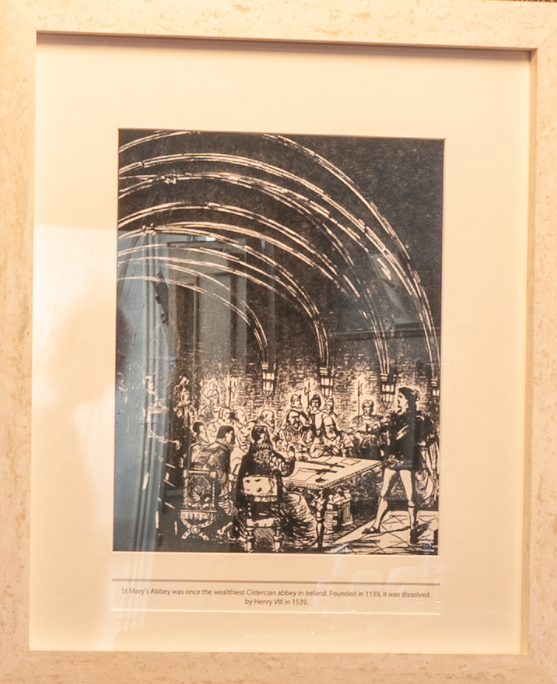
It was once the wealthiest Cistercian abbey in Ireland. Founded in 1139, it was demolished by Henry in 1539.
A survey of the glass houses on Abbey Street, dating from 1797.
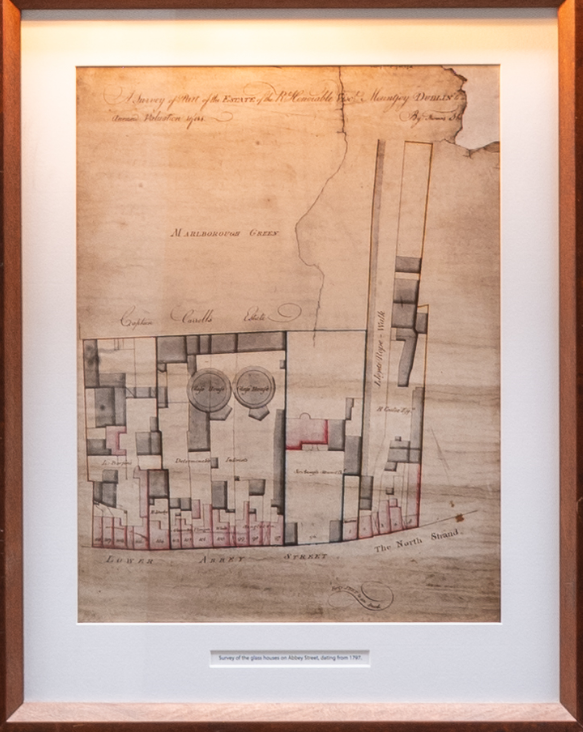
Original sheet music for Here’s to Old Ireland.
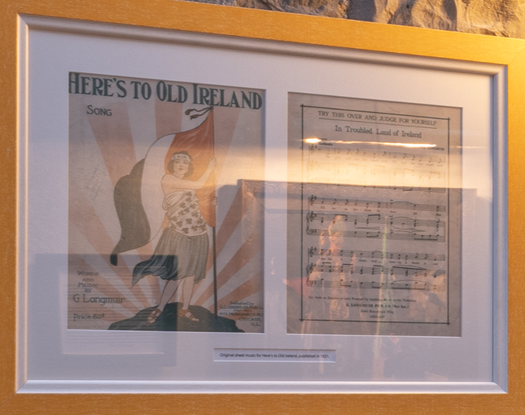
A vintage St Patricks Day souvenir card.
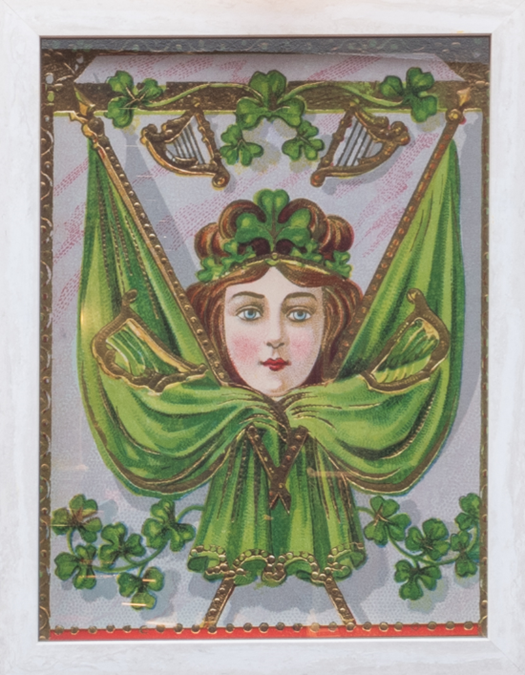
The harp has long been a symbol of Ireland. It first featured on Irish coins in the reign of Henry VIII around 1534. During the 17th and 18th centuries the harp became adorned with progressively more decoration, ultimately becoming a ‘winged maiden’.
An illustration of Harry Aaron Kernoff.
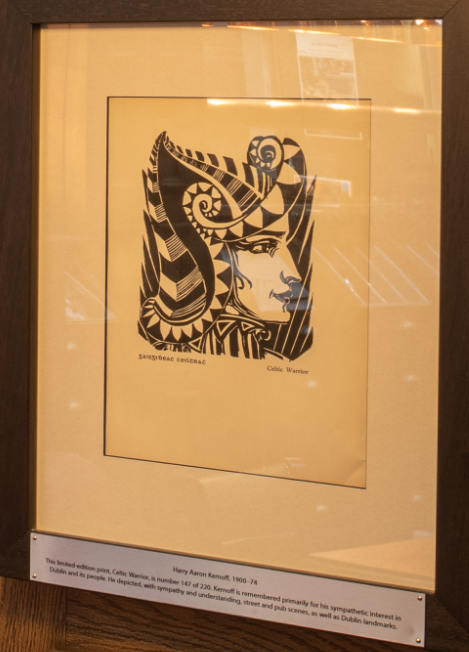
This limited edition print, Celtic Warrior, is number 147 of 220.
The pub has kept some of the original bank features.
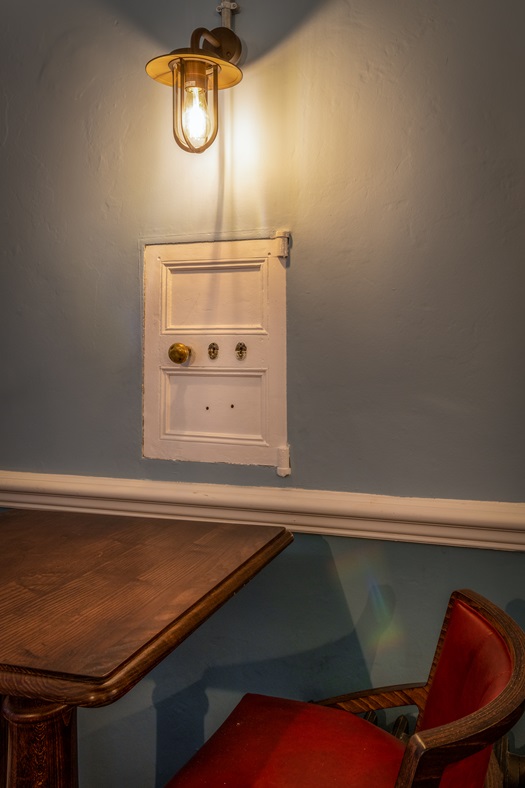
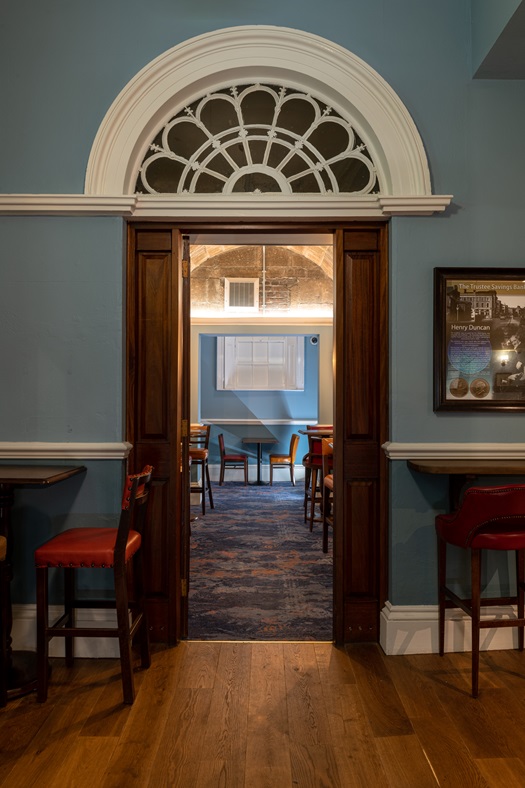
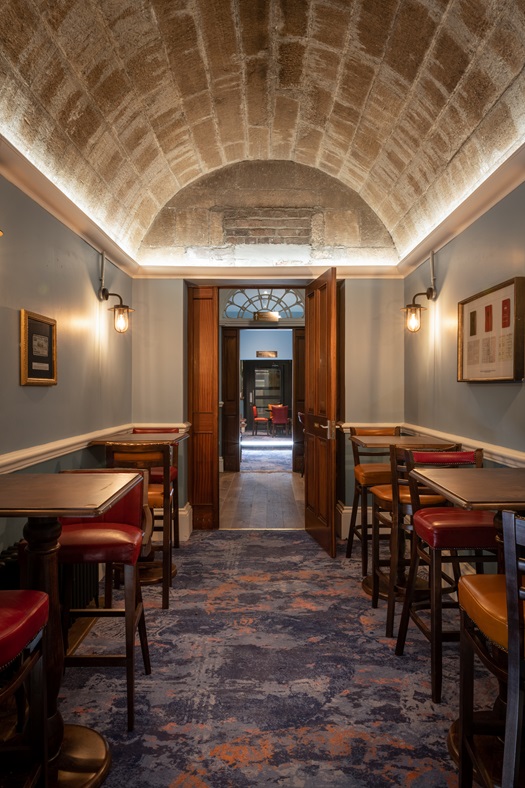
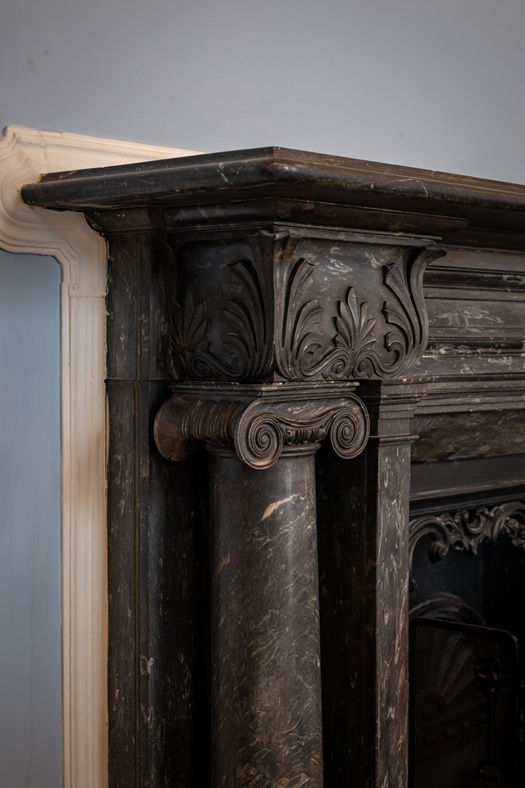
External photograph of the building – main entrance.
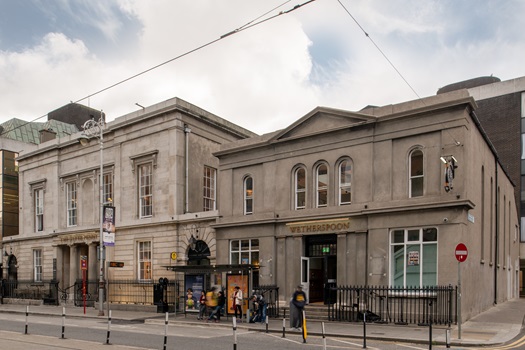
If you have information on the history of this pub, then we’d like you to share it with us. Please e-mail all information to: pubhistories@jdwetherspoon.co.uk